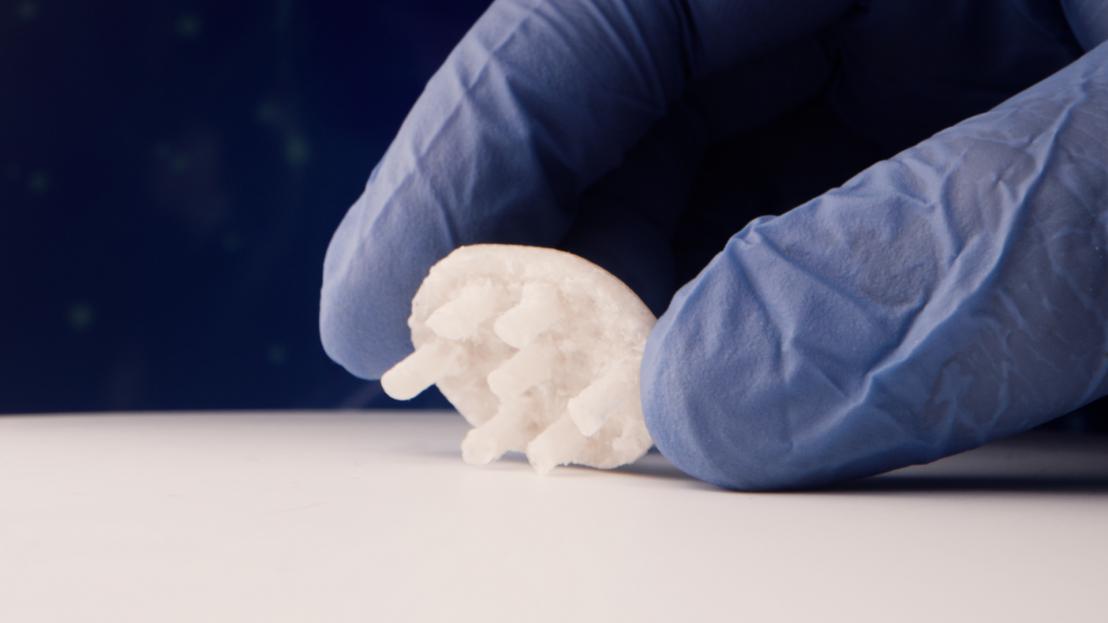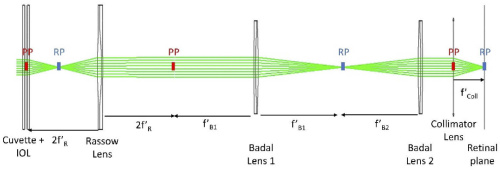Spinning silk into next-generation eye and knee implants

Do you know what technological applications silk has?
Silk is actually a stronger material than steel, scientific research has shown that silk is resistant, highly elastic, permeable to oxygen and water, biocompatible (it is not rejected by the body when implanted), stable and versatile. (can be designed in a solid, a mesh or a gel). It is also capable of blocking infections and supports the regeneration of new tissue.

Presbyopia is the inability to focus on close objects. This problem is caused by hardening of the crystalline lens and progressively worsens with age.
The treatment so far involves buying progressive glasses, but the report tells us that the objective of the project is to develop a silk-based implant that replaces the already hardened lens and that can be deformed to focus, not like the fixed lenses that are implanted today on days when you have cataracts.
The article also explains that silk can also be used as a corneal implant to recover from corneal injuries that until now have been treated with laser surgery, which removes part of the corneal tissue, while the silk implant preserves and helps repair the tissue.
The team has already had success affixing silk membranes to the surface of the cornea using a light-enabled technique called photoadhesion, a technique that replaces the need for stitches.
Silk lens treatments and corneal implants are currently priced very high, but “we hope that silk will be an affordable option for many people in Europe and around the world who are currently losing their sight due to highly prevalent eye conditions,” he said. Susana Marcos for the report.




